Khabar Khair (Only Good News) – Ruqiyah Danana
Opposition voices rose refusing to take pictures of the “displaced and conflict-affected” Yemenis during the implementation of relief programs and the distribution of food baskets by organizations, institutions and NGOs.
Some local and international organizations operating in Yemen published pictures of Yemenis receiving financial aid and relief materials, which some of them considered a violation of human rights and an infringement of human dignity, and considered it an unforgivable offense.
In Yemen, most civil society organizations follow a policy of humanitarian depiction of relief work, and the mechanism of photography differs from one organization to another.
The donors rely on documenting the projects funded by them with pictures, and this is a prerequisite along with other conditions and procedures required to confirm these projects.
Awad Al-Tamimi (Communication Director of the Nahda Makers Organization) said, “The documentation process is very important, whether the photography activity is for training, rehabilitation or awareness-raising. The documentation is necessary in order to prove and document the implementation of the project for the donor”.
Photography
Looking at the image takes different directions and different destinations. Al-Tamimi says, “The image is the project’s message externally and locally, and the subject of admiration or indignation of the donors and the public”.
Explaining the importance of the photography process and its methods, he adds, “Photography has become one of the evaluation tools for the work that organizations provide through images and videos, and by publishing on all social media for the public”.
We find that Al-Tamimi is influenced and rejected some of the behaviors that occur; Therefore, he emphasizes, “The image should be positive and support the project. When you take the picture, you must take into account the preservation of the dignity of the beneficiaries, for example, when distributing the food baskets or sending money transfers, he is photographing the materials or the process of taking the fingerprints of the beneficiary. There is no need to photograph the beneficiaries from the front and publish pictures of them on the social media”.
Al-Tamimi warned against taking degrading shots for the beneficiaries during the project launch campaigns, as some organizations arrange materials and photograph the beneficiary looking at the camera with the food basket in hand, and this leads to the beneficiary’s resentment.
Al-Tamimi called on the photographers to preserve the humanity of the beneficiary and to follow the mechanism of photographing the team working with foodstuffs, not the beneficiaries, as humanitarian work was found to preserve the dignity of people, not insult them.
Image code
Humanitarian work charters in various countries oblige humanitarian workers to obtain a written consent from the person with whom the interview will be conducted or for whom the photo will be taken. Many international media refuse to use any photo if it is not attached to the consent document.
To explain the reason for the need to obtain approval for photography, Al-Tamimi says, “We must take the permission of the beneficiary, when we photograph, there are some societies that maintain and see that photography is a defect and forbidden, and therefore people’s orientations and desires should be respected, because taking pictures of the beneficiaries without their permission, may cause problems to the organization that may lead to disrupt the project”.
The picture talks louder than the language
Taking pictures no longer takes a specific stereotyped form. A picture taken by an unknown photographer becomes an icon that shows the world the hope that is hidden under the weight of the conflict. In fact, it sheds light on the multiplicity and difference of human phenomena and becomes a mirror that reflects the reality experienced by the society, or the situation that the picture expresses which leads to internal and external interaction and solidarity as a result of the impact of the image.
Al-Tamimi says, “The image reflects a positive perspective when there are expressive moments or sustainable projects such as the process of rehabilitating a school where a student is photographed standing in row, or a woman or a man standing at a water well. Theses pictures express the sustainable projects where the dignity of the beneficiaries is respected”.
For his part, the photographer, Yasir Abdel-Baqi (head of Jedaria Foundation for Media), said, “More than five years ago, the international organizations depended on taking direct photos of the targets, not with the intention of defamation, but to document and deliver a humanitarian message to the donors, in order to request more support, and most of these photos were not posted on the social media”.
Abdel-Baqi adds, “But in the few past years, the local institutions have relied on inexperienced photographers who have taken and published photos of the beneficiaries that do not reflect a deep understanding and awareness of the human and professional dimension of the image. These photos have been spread on the social media, news and electronic sites for the organizations, institutions and associations”.
Documentation, not propaganda
Tariq Mustafa (media photographer) stresses the importance of documenting images, saying, “In the beginning, it must be known that the aspect of media documentation of the organizations work is an inevitable thing, because all the operating organizations in the humanitarian sector are called by the local and international supporters to provide documentary images to complete work as well as success stories”.
He adds, stressing on the respect for the beneficiary’s feelings and emotions, “But on the other hand, a specific mechanism must be followed in which we achieve the required documentation aspect, and at the same time ensure that human dignity is not compromised. And during my work in the field of documenting humanitarian works in the organizations, my photographs focused on not showing the face of the beneficiary during the process of distributing and relying on the back images of the beneficiary with the person working in the organization, including the thing provided by the sponsor”.
On photographing the children, Tariq presents a set of prohibitions that should be taken into account when photographing the children, such as avoiding photographing the children without clothes and not photographing them unless after obtaining the written consent of the guardian. As for the success stories that rely on pictures, the picture is not taken until after the approval of the beneficiary, so that the best picture appears, and it is required to wear clothes in a modest manner so that no part of his body appears”.
Tariq believes that the image plays a role, but with conditions that must be adhered to. He says, “The image has a positive impact on the beneficiary and the society when adhering to the image standards that preserve human dignity and do not affect his person or defame him, and this thing enhances the reputation of the organization or the center in the community and facilitates the work of the rest of the organizations”.
Regarding the negative images that are taken of the beneficiaries in an insulting manner, Tariq says, “Unfortunately, such images affect the implementation of the projects due to the state of rejection by the beneficiaries of these images; these attitudes that reject these images are reinforced by the idea that they have formed about the degrading images that are published on the social media”.
Tariq concluded his speech by saying, “I would like to clarify that the image is a transient message of time and place, and we are in the era of speed and the Internet, and you may find any image that has been published, even after fifty years. The photographer has to put himself in the position of the beneficiary in order to share with him his feeling”.

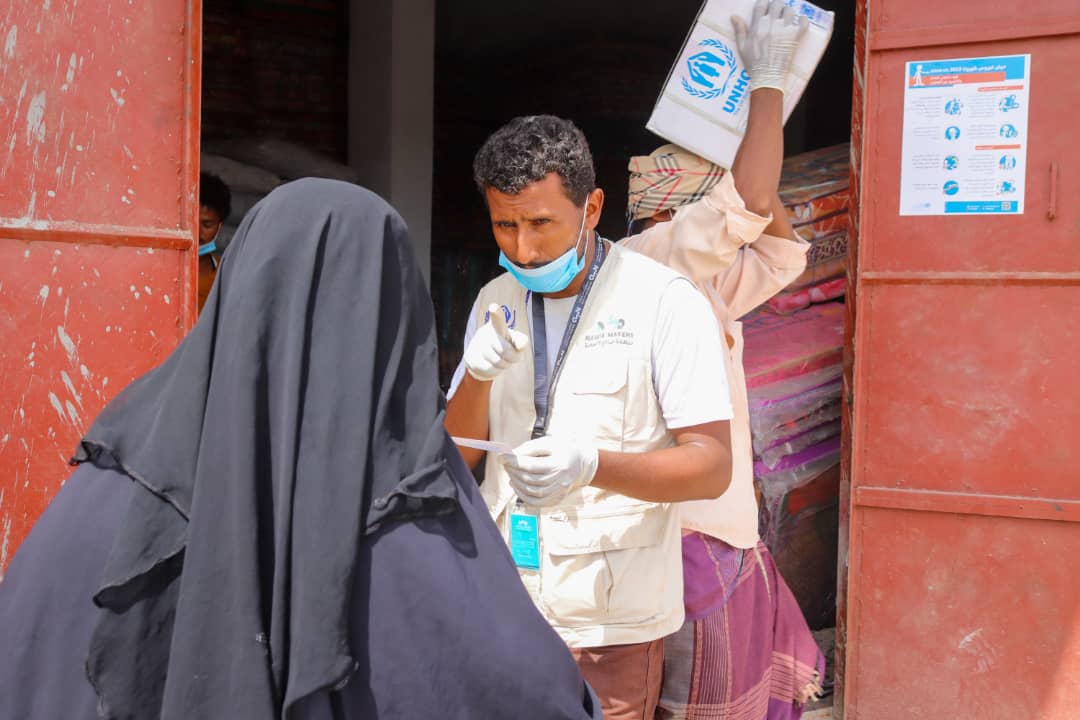
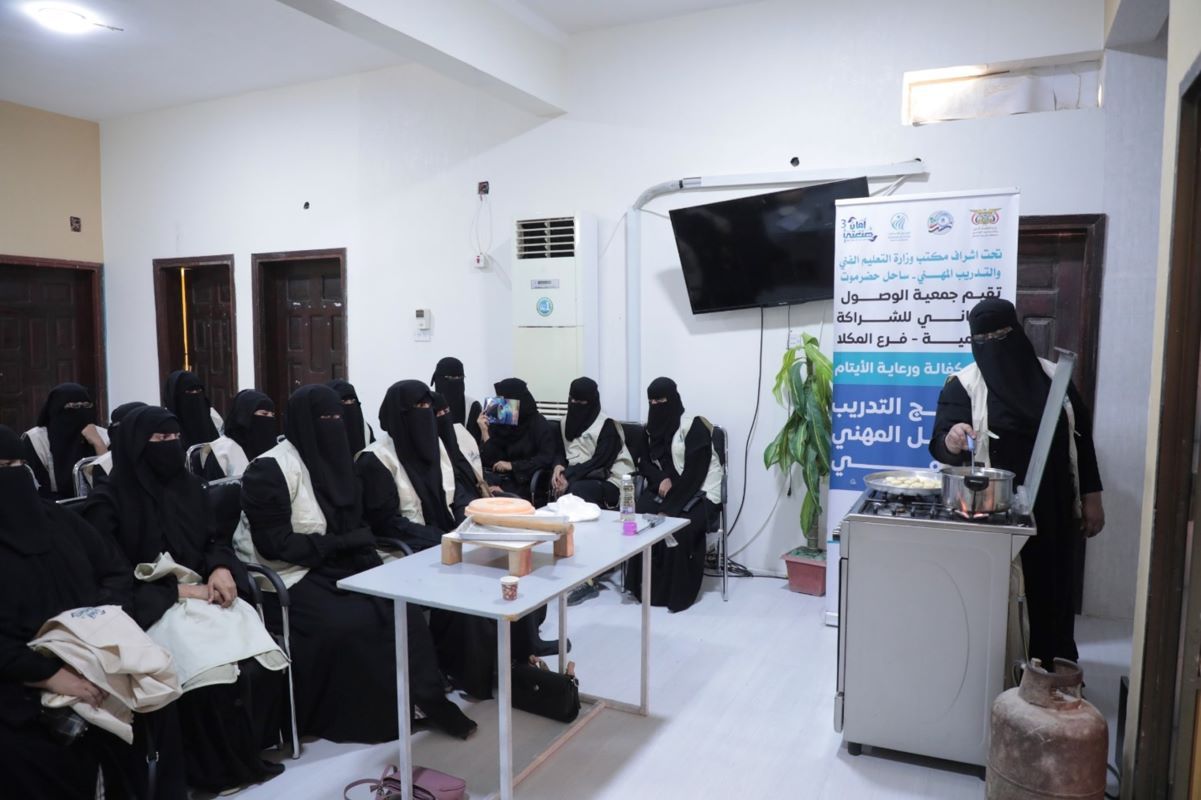

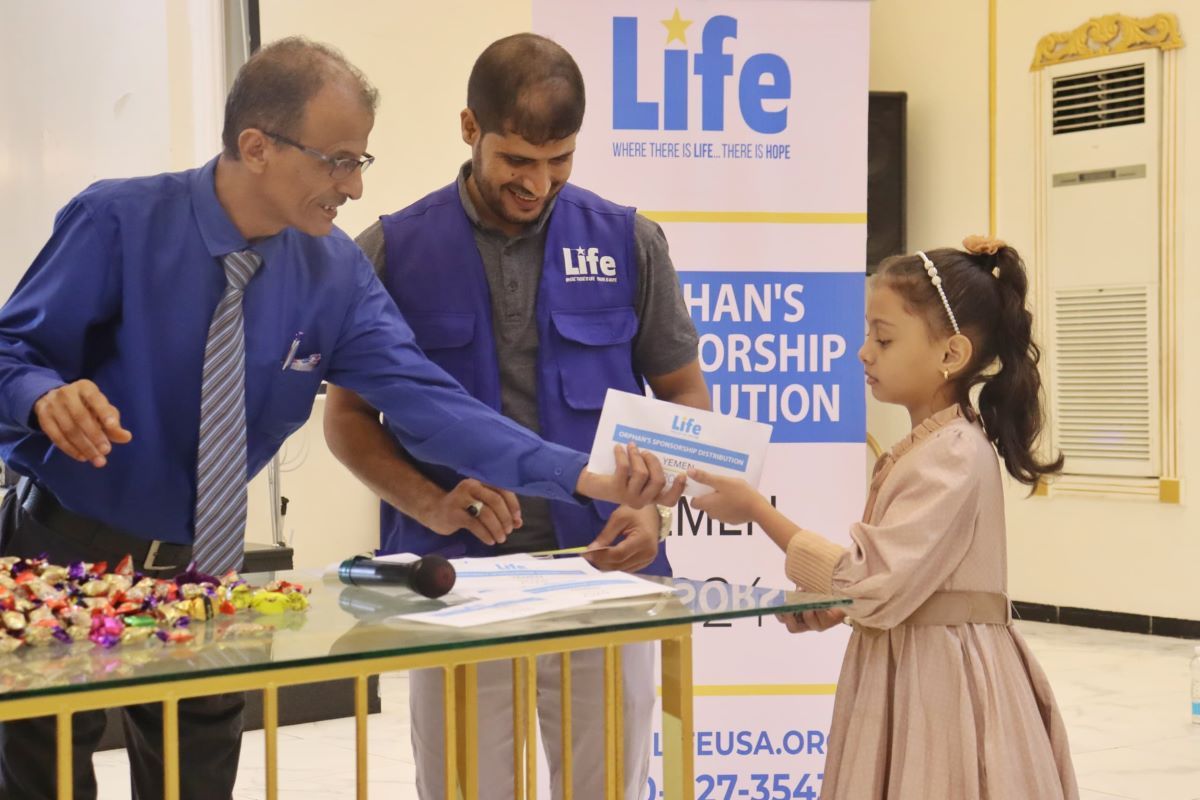
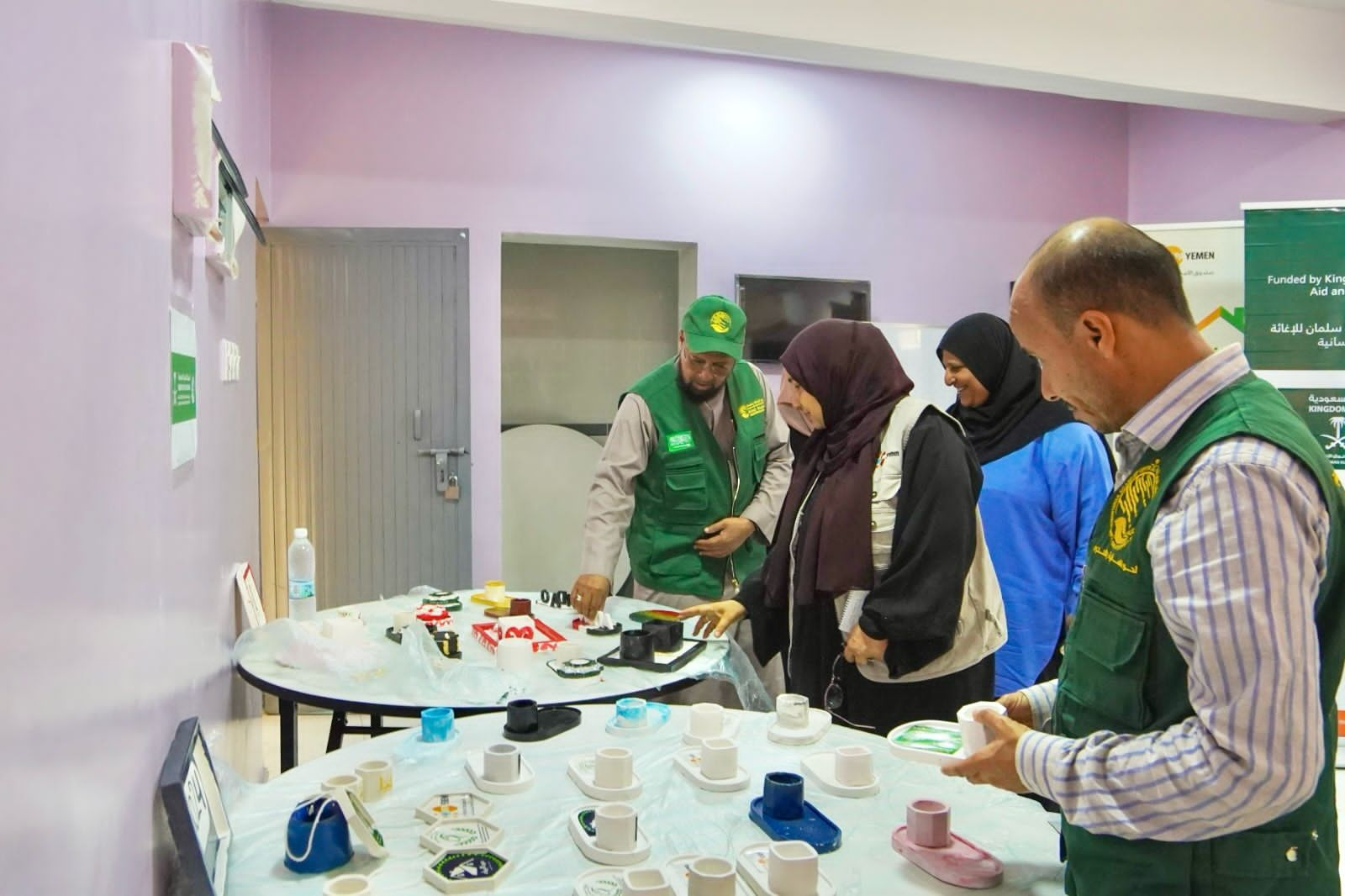
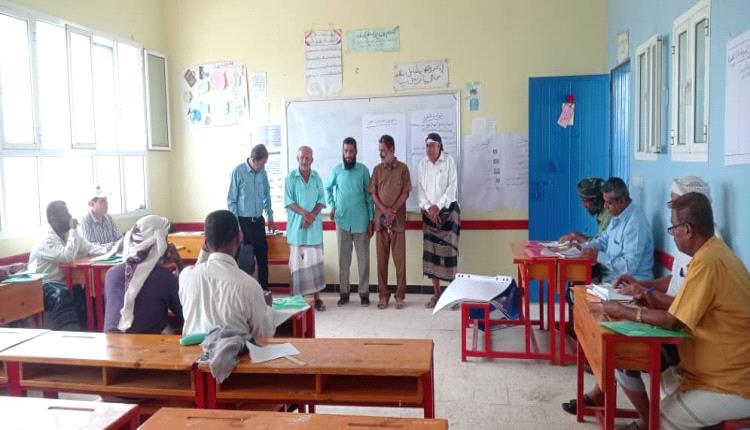
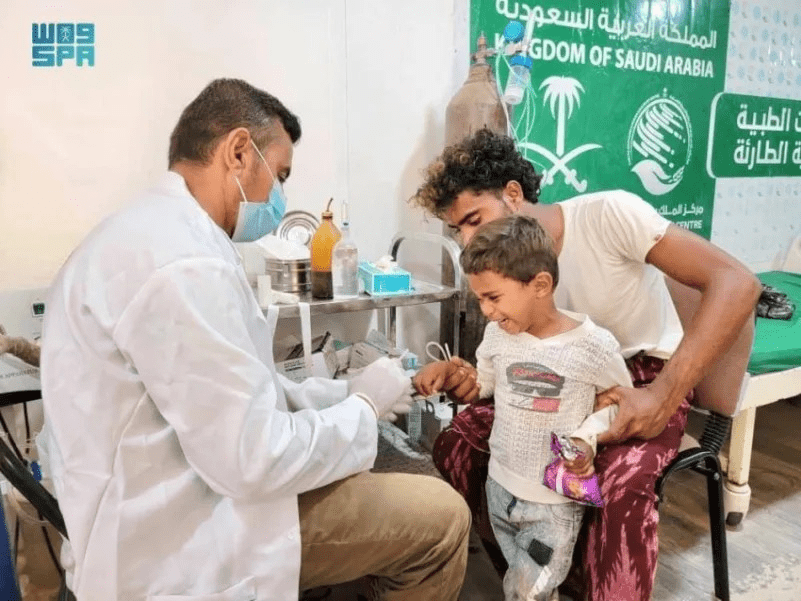

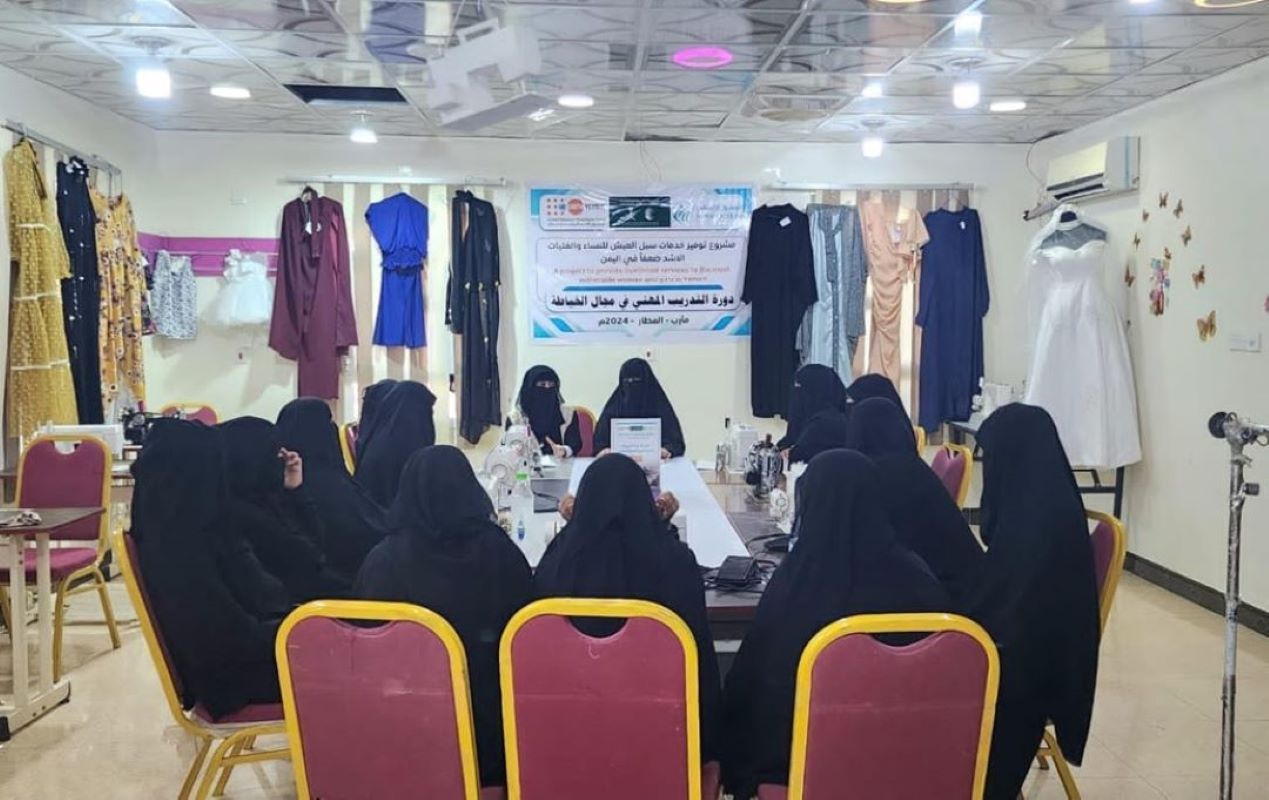
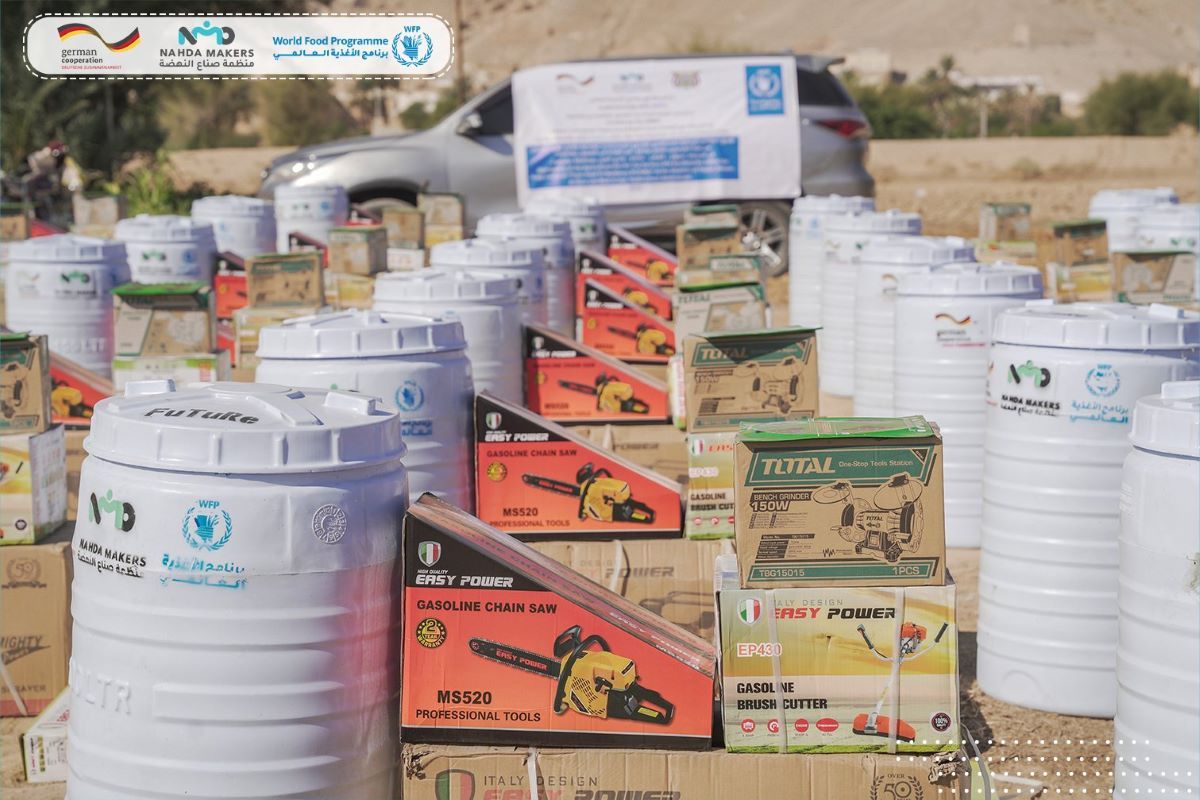

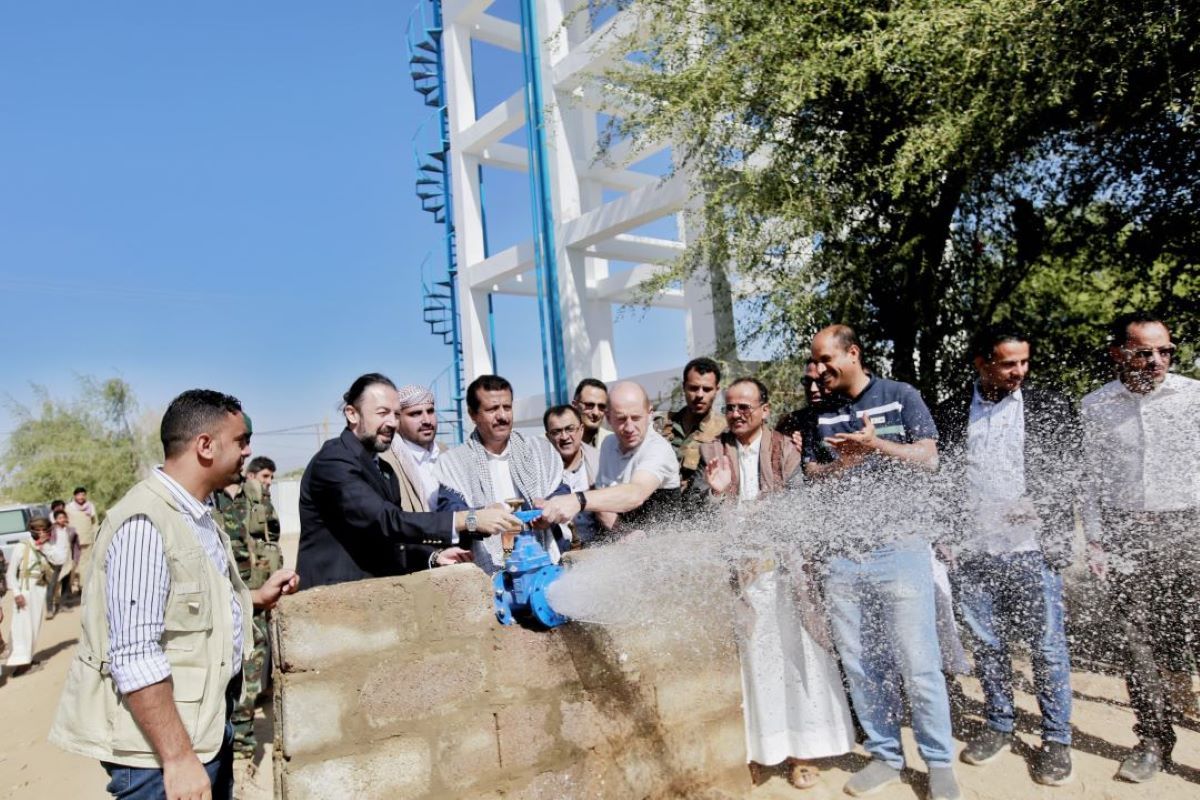


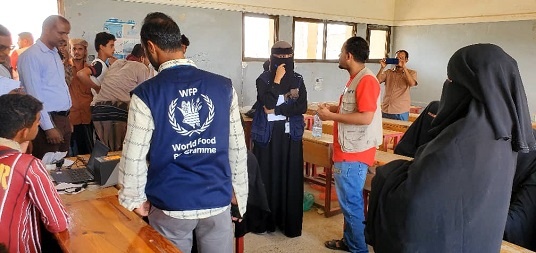
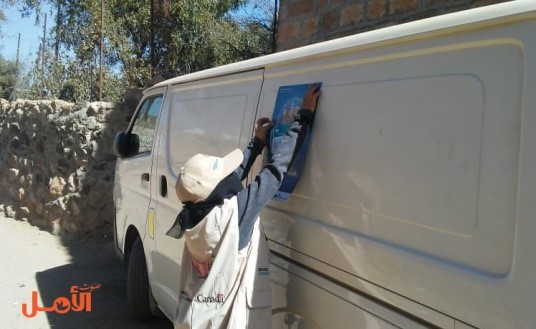
LEAVE A COMMENT